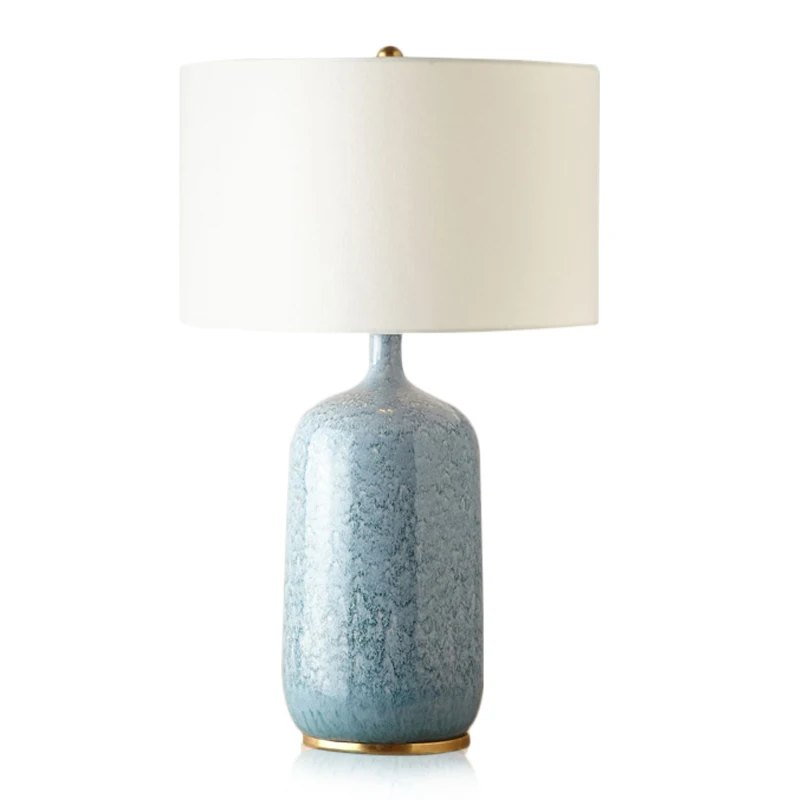
LEAFLETS
PRODUCTS
Illuminating Nights A Detailed Look at the Evolution of Table Lamps
Early Forms and the Rise of Oil Lamps
The earliest forms of table lamps were far removed from the elegant designs we see today. Long before electricity, humanity relied on natural light sources and rudimentary methods to bring illumination indoors. Early examples include simple bowls or containers filled with oil and a wick, offering a meager but vital source of light. These lamps were often crafted from readily available materials like clay, stone, or even carved wood, their designs dictated primarily by practicality and the need for stability. The light produced was dim, smoky, and prone to fire hazards, highlighting the constant struggle for safer and brighter illumination.
As civilizations advanced, so did the design and craftsmanship of oil lamps. The Romans, known for their engineering prowess, created intricate oil lamps with elaborate designs, often incorporating mythological figures or decorative motifs. These lamps were not only functional but also served as decorative objects, showcasing the growing appreciation for aesthetics alongside functionality. The development of better oil sources and wick designs gradually improved the quality of light produced, offering a brighter and cleaner-burning flame.
The Gaslight Era and the Transition to Industrial Design
The 19th century witnessed a radical shift in illumination technology with the advent of gas lighting. Gas lamps, while significantly brighter and more efficient than oil lamps, introduced new design challenges. The need to manage gas lines and regulate the flow of gas led to more complex lamp designs, often incorporating intricate mechanisms and metalwork. This era marked a transition towards a more industrialized approach to lamp production, with mass-produced designs becoming increasingly common.
The aesthetic preferences of the Victorian era heavily influenced lamp designs during this period. Ornate details, elaborate bases, and the use of a variety of materials, such as bronze, brass, and glass, characterized the Victorian table lamp. The emphasis shifted from mere functionality to a blend of functionality and opulent display, reflecting the societal values of the time. These lamps weren't merely sources of light; they became status symbols, reflecting the wealth and taste of their owners.
The Electrification Revolution and the Art Nouveau Influence
The late 19th and early 20th centuries saw the electrifying transformation of the table lamp. The invention and widespread adoption of electricity revolutionized lighting, offering a vastly superior alternative to gas and oil lamps. The incandescent bulb, initially fragile and expensive, rapidly gained popularity, leading to a surge in innovative lamp designs. The constraints of gas lines and complex mechanisms were eliminated, paving the way for a wide range of creative expressions.
The Art Nouveau movement profoundly impacted table lamp design during this period. Characterized by flowing lines, organic forms, and intricate decorative elements inspired by nature, Art Nouveau lamps often featured graceful curves, stained glass shades, and beautifully crafted bases. Tiffany lamps, with their iconic stained glass shades, stand as prime examples of this style's influence on table lamp design. These lamps became more than just functional objects; they were works of art, transforming homes into elegant and stylish spaces.
Modernism and the Rise of Minimalism
The 20th century brought about the rise of Modernism, which emphasized functionality, simplicity, and clean lines. Table lamp designs reflected this aesthetic shift, moving away from ornate details and embracing minimalist forms. Materials like chrome, steel, and lacquered wood became prominent, contributing to a sense of sleekness and sophistication. The focus shifted from ornamentation to the subtle elegance of form and the quality of materials.
Mid-century modern design, in particular, produced iconic table lamp designs that are still highly sought after today. Clean lines, geometric shapes, and the integration of innovative materials characterized this era, showcasing a sophisticated blend of functionality and aesthetic appeal. Designers sought to create lamps that were not only functional but also seamlessly integrated into the modern living space.
Contemporary Designs and Technological Advancements
Today's table lamps reflect a convergence of technological advancements and diverse design aesthetics. LED technology has revolutionized illumination once again, offering energy efficiency, longevity, and a wide range of color temperatures and light intensities. This has opened up new possibilities for lamp design, with designers experimenting with new forms and materials.
Contemporary table lamps encompass a wide spectrum of styles, ranging from minimalist designs to elaborate statement pieces. Sustainable materials, smart technology integration, and customizable features are increasingly important considerations in contemporary lamp design, showcasing the ongoing evolution of this timeless object. The table lamp continues to adapt and evolve, reflecting our ongoing pursuit of brighter, more efficient, and more aesthetically pleasing illumination for our homes and lives.
SUBSCRIBE
INQUIRY










